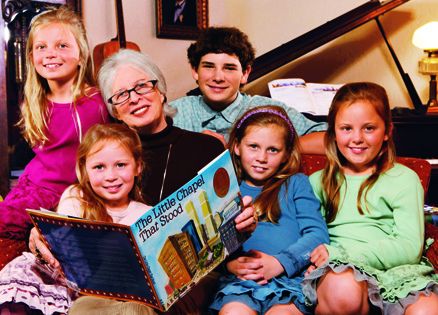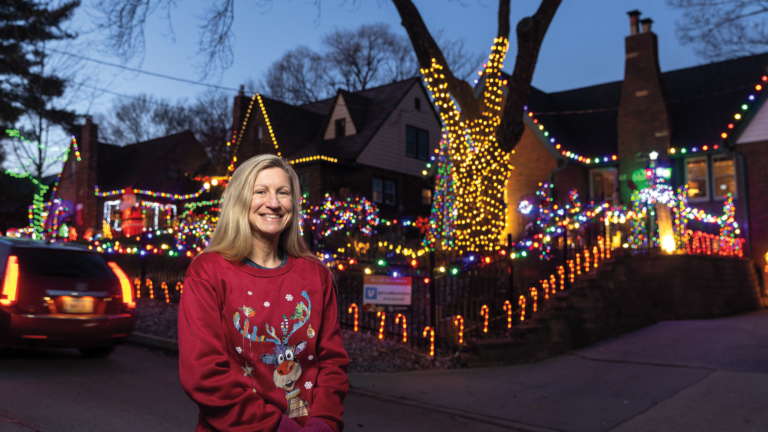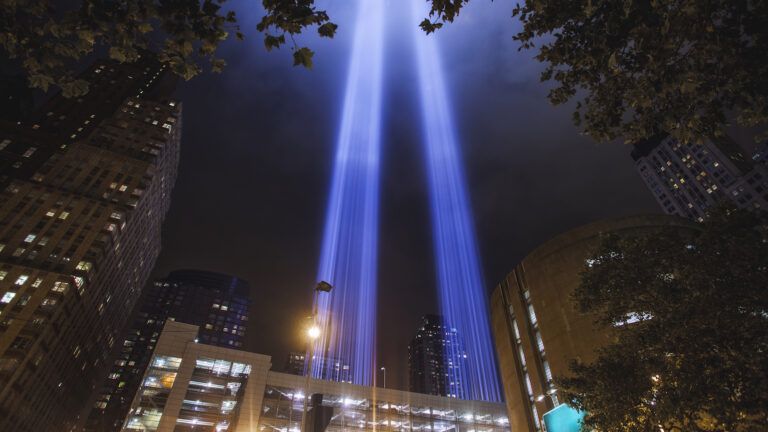I write books for children, so one of the first things I struggled with in the immediate aftermath of September 11 was how to explain the incomprehensible horror—and the incredible heroism—of that terrible day to my grandchildren.
I found my answer in the grace and solidity of an old church located just east of Ground Zero.
St. Paul’s Chapel has stood on what is now lower Broadway since 1766, and George Washington himself worshipped there. I knew it back from when my husband worked just a few blocks away on Wall Street, and I used to come in on the PATH Train from New Jersey to meet him for lunch or to take in a show.
There in the pulsing heart of the financial district was this seemingly incongruous spiritual oasis, its serene grounds draped by stately sycamore trees and enclosed by a wrought-iron fence.
That fence became a tragic symbol after 9/11. Scores of firefighters rushing to the doomed towers stopped there to pull on their boots. They hung their shoes on the old fence, most never to return.
St. Paul’s, though, survived the attack and has been described as “The Little Chapel That Stood.” Perhaps it was the sycamores that shielded it from the billowing deadly debris.
Yet it was the fence that inspired a line of a poem I soon wrote for my grandchildren, the only way I knew how to explain the attacks on America and “the towers that scrape the sky.” I wrote, “Oh, what gallant men did we lose who never came back to get their shoes!”
I shared the poem with my grandchildren and thought that was the end of it. But my daughter Demming disagreed. “No, Mom, this poem helps kids understand what happened that day, and to see the heroics of so many good men and women. You have to share it with everyone!”
I published it as a book in 2003 and have shared it with thousands of parents and their children in the hopes that my poem can both heal and teach.
People left many messages and mementos at the old fence that surrounds “The Little Chapel That Stood.” I’ll never forget the day I was signing copies of my book at St. Paul’s and a woman came up to me. “I lost my daughter in the North Tower,” she told me, “and this book is a beautiful memorial to her. Thank you.”
As we observe the 10th anniversary of the attacks, an attack not just on people and buildings but on decency itself, I remember that courage and freedom and faith survive even the most shocking acts of hate.
I have had more grandchildren since I wrote the poem, and I still read to them, “Terror may come, but it will not stay.”





